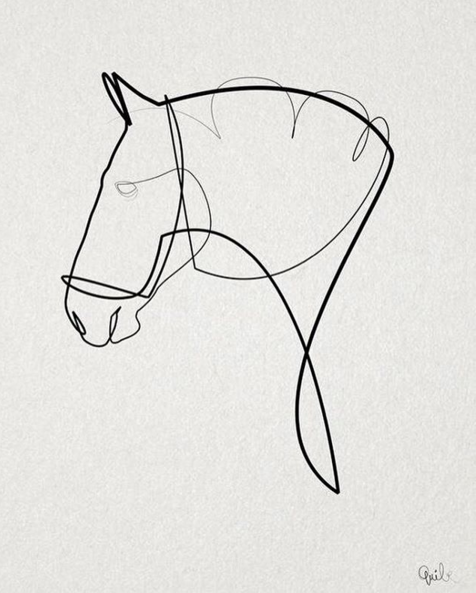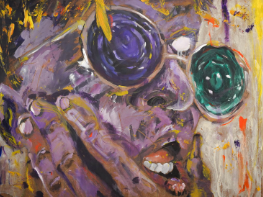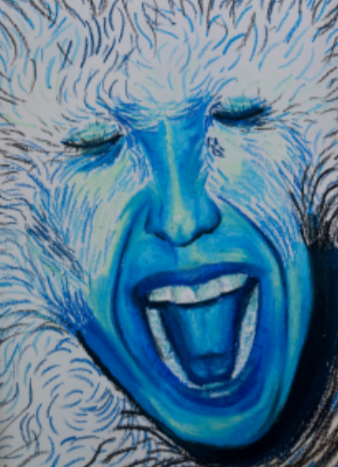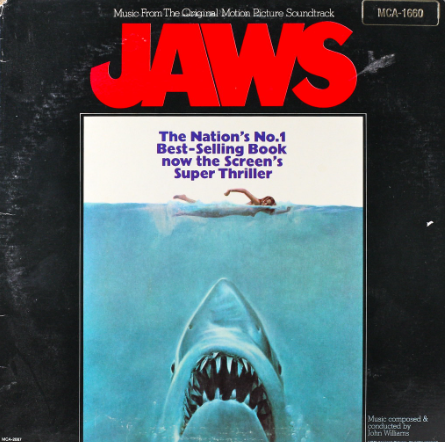French minimalist stands out for his line technique

Photo obtained from French artist Christophe Louis Quibe’s professional Instagram.
March 27, 2017
The secret to the success of minimalist French artist Christophe Louis Quibe is all in the most basic element of art: the line.
Whether it is a portrait of Barack Obama or a tattoo of an orchid, the unifying philosophy behind the works of Quibe can best be described by a quote plastered on the front of his website – “A drawing is simply a line going for a walk.”
Quibe’s website credits these words to the 20th century Swiss-German artist Paul Klee. Now, Quibe has taken these words and used them as inspiration for a new direction in art that finds complexity and beauty in the simplest of places.
One example of his minimalistic work is filed under the series “Love Lines.” Here, Quibe uses only two black lines to create an portrait of a embrace between two lovers. The resulting effect is a surrealist take on the human form that manages to capture the emotion and expression of its subjects even with his limited use of strokes. In the piece, Quibe also employs the technique of line quality, referring to the heaviness or weight of a line, in order to create a sense of depth and differentiation between the two human forms.
This technique is also common in Quibe’s other works, especially in his series of portraits, where the line is used as a tool to call attention to any defining features of a person. In Quibe’s portrait of David Bowie for instance, the piece features the late musician’s iconic lighting bolt across his face, drawn with a thick and heavy line that becomes thinner as it travels down to create other parts of Bowie’s face.
While Quibe works as an illustrator based in Paris, his art has traveled across the globe as tattoos. The minimalist style that is standard in his art has been recreated by tattoo artists who have inked on Quibe’s creations as well as mimicked his style with portraits of celebrities, fictional characters and aspects of nature.
While his art style may seem simple to the observer through his sparse use of the line and form, the artist himself would argue otherwise. According to Quibe, there is also a hidden level of complexity required in order to produce his works of art which are very much conservative in their use of line and color compared to other artists who liberally use such elements. Quibe’s philosophy can be summarized by another quote found on his website, which proclaims, this time in his own words,, “Simplicity is not simple.”














